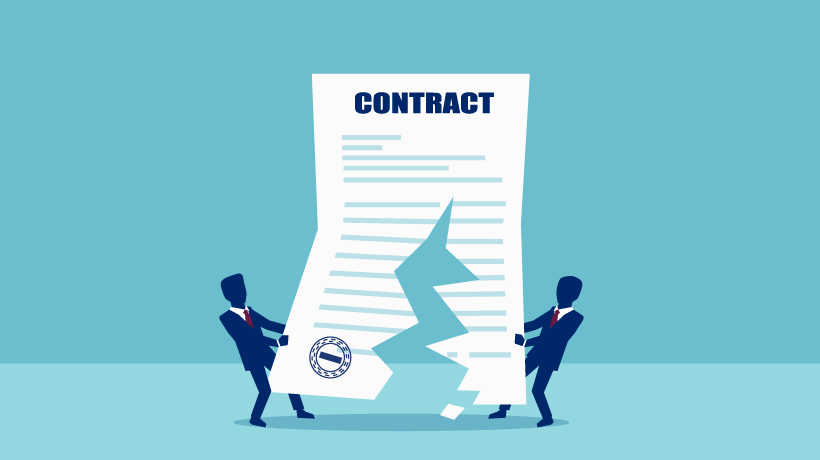What Should You Keep In Mind When Beginning A New eLearning Project?
Creating a successful eLearning course is no easy task. Even if you know the content well and have taught it in a traditional classroom before, eLearning comes with a bit of a challenge, which leaves many professionals not knowing where or how to begin. Hence, you search the internet to find an overwhelming amount of information on tips, tricks, dos and don’ts regarding eLearning projects that may or may not pertain to the type of project you are working on. To keep it simple, here are 5 things to remember when starting any eLearning project:
1. You Are Creating A New Course
Realize that if you’ve never taught anything online before, you’re entering a whole new ballgame. In a traditional course, the learners get to see and hear you explain the material in person. To create a successful eLearning experience for your learners, you’ll have to approach learning differently and use online tools and resources that you may have never used before. Even if you’ve taught the course in a traditional classroom before, you’ll have to approach this as an entirely new course. You can’t just keep the same information for a traditional course, put it online, and expect that learning will occur. A whole different set of tools and resources are necessary when it comes to eLearning.
2. Choose eLearning Tools Last
In the beginning, you may get excited exploring the variety of apps and online tools that are available for eLearning but don’t focus on that just yet. You shouldn’t spend too much time trying to determine the right tools to use for your eLearning project early on. The selection of eLearning tools should be done after lessons, resources, and assessments have been developed. eLearning tools aren’t one-size-fits-all, which means there are specific eLearning tools for specific kinds of projects. Therefore, you must work on the course content first, and then select the tools that specifically meet the needs of your project. Otherwise, you’ll find yourself having a difficult time if you had your heart set on using a certain eLearning tool that, although it may be cool, isn’t right for your project.
3. Think Of Your Target Audience
Probably the most important thing to remember when you want to get any kind of message across to anyone is to think of your audience. Online learners have different needs, and the way they do things and learn differs significantly from that of the traditional students. Of course, you must ensure the project is ADA compliant, and it would be a good idea to conduct an audience analysis to really get a feel for who your learners are. But thinking of your audience involves more than that.
From the beginning to the end of your project, and in every step in between, you should be thinking of how you can best tailor the educational content to your learners. What I have found to be one of the best ways to do this is to employ student-centered learning strategies in your course. Avoid working on content-centered projects that try to cram too much information. Just because it’s interesting to you, doesn’t mean it will be helpful or meaningful to your learners. Simple and engaging content that focuses on the needs of the learners works best in both online and traditional classrooms.
4. eLearning Is Not A Solo Mission
Even if you have started on this eLearning adventure on your own, you are not alone. Creating a successful eLearning course requires you to work with other people. Yes, you may very well be the only person developing the lessons and putting the whole things together, but you will need assistance. You’ll likely need to get with a subject matter expert if you aren’t familiar with the material. And you may occasionally need input from your Information Technology and/or Distance Learning departments to see what tools are available and ensure system compatibility. Additionally, you’ll eventually get feedback from your learners on the project when it is up and running.
5. Assess, Assess, Assess
The only way to know if your eLearning course is/will be successful is by assessing your work. Every eLearning project should include formative and summative evaluation. The formative evaluation is done while the course is being developed and can be as simple as asking a Subject Matter Expert or a colleague to look over your learning materials and provide you with some constructive criticism.
A summative evaluation is done once you believe your course is ready to be implemented. I find that the best way to do this final evaluation is with a sample of your target audience. Select a few learners to complete the course and provide you with feedback. This test run will show you if your eLearning course is completely ready or if you still have some kinks to work out. Constant assessment, such as I’ve just described, will help ensure you’ve created an effective eLearning course.
In all, try not to get too overwhelmed with information on eLearning tools. Instead, focus on your learners and how to best present the content to them. Just keep these 5 things in mind while working on your project, and you’ll be on the right track.









